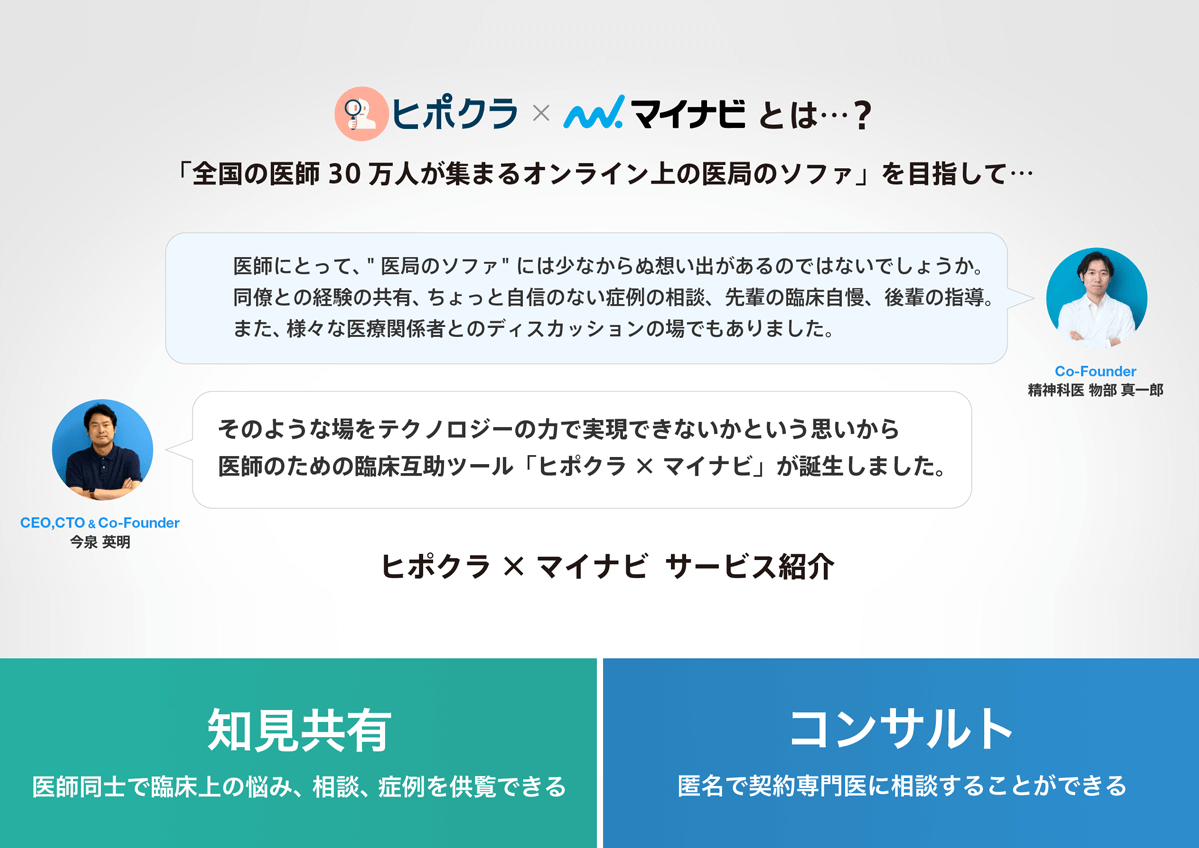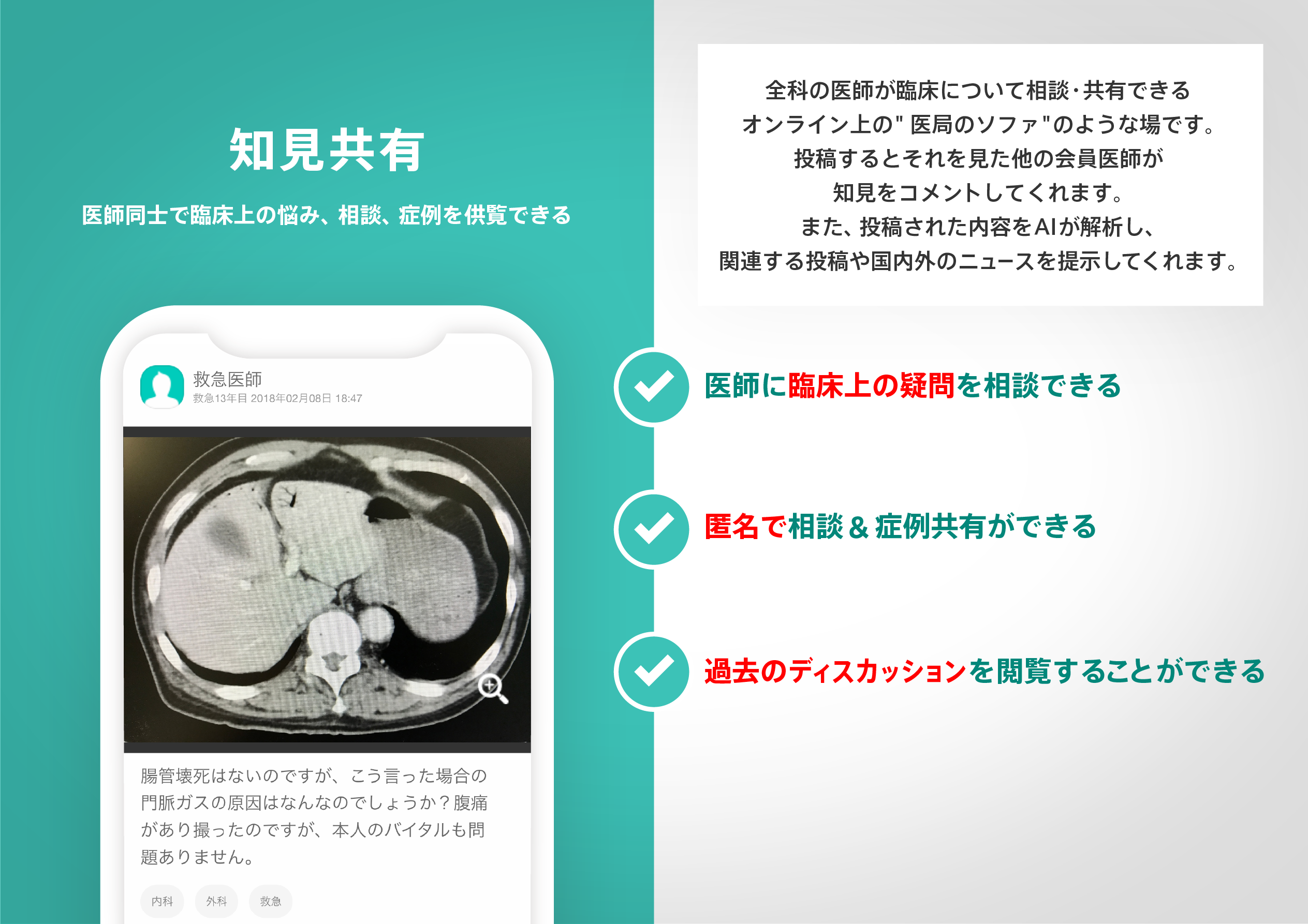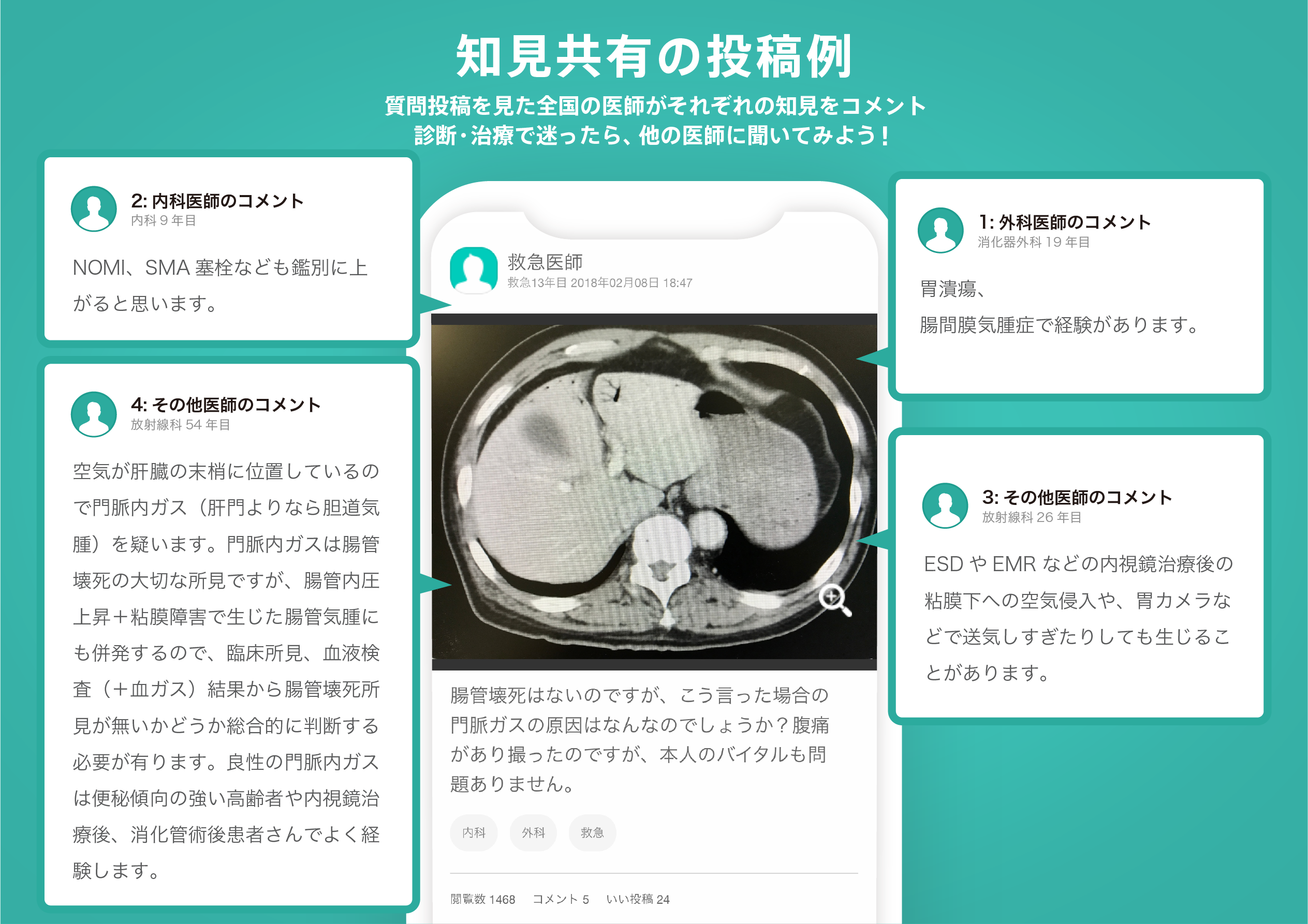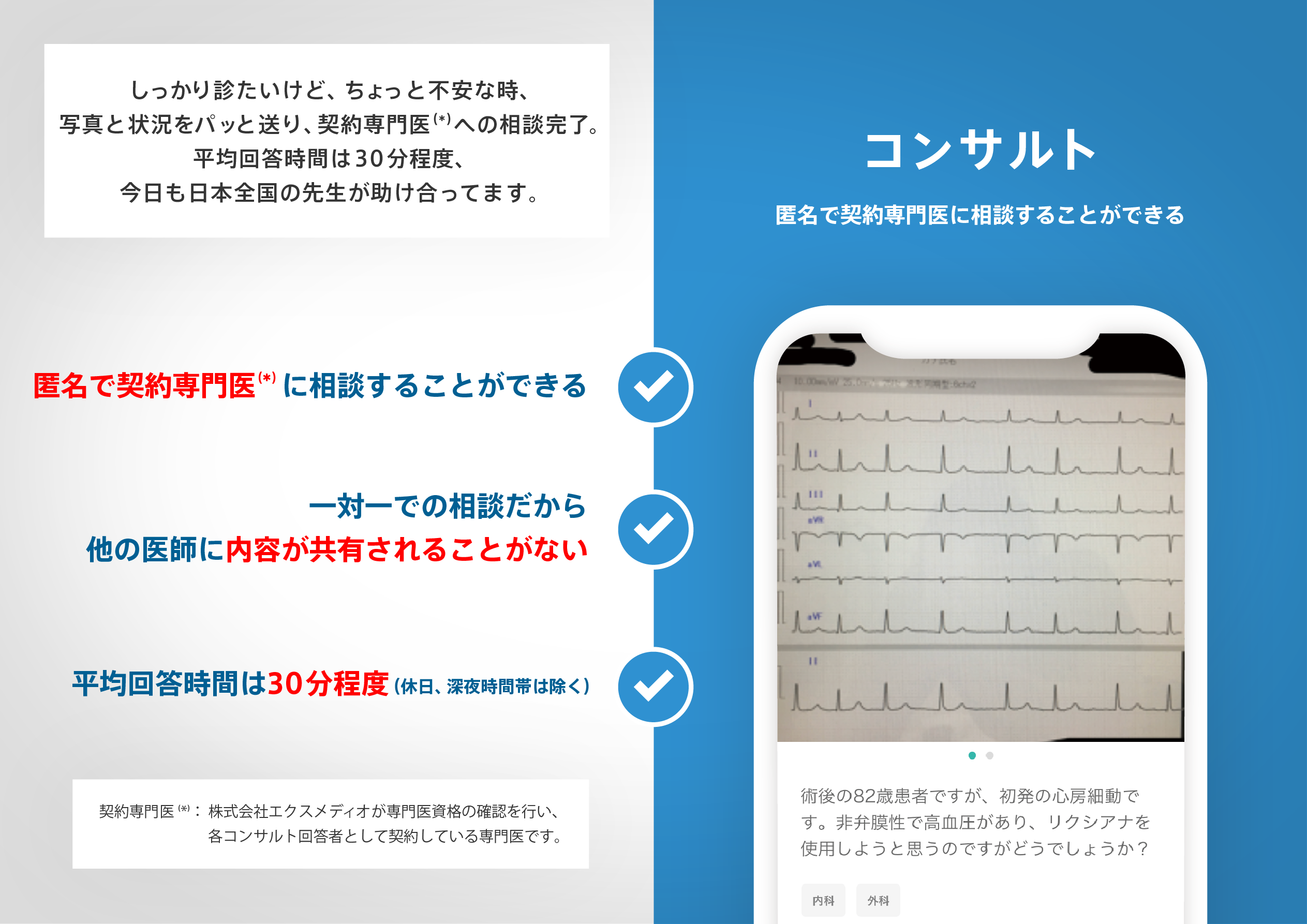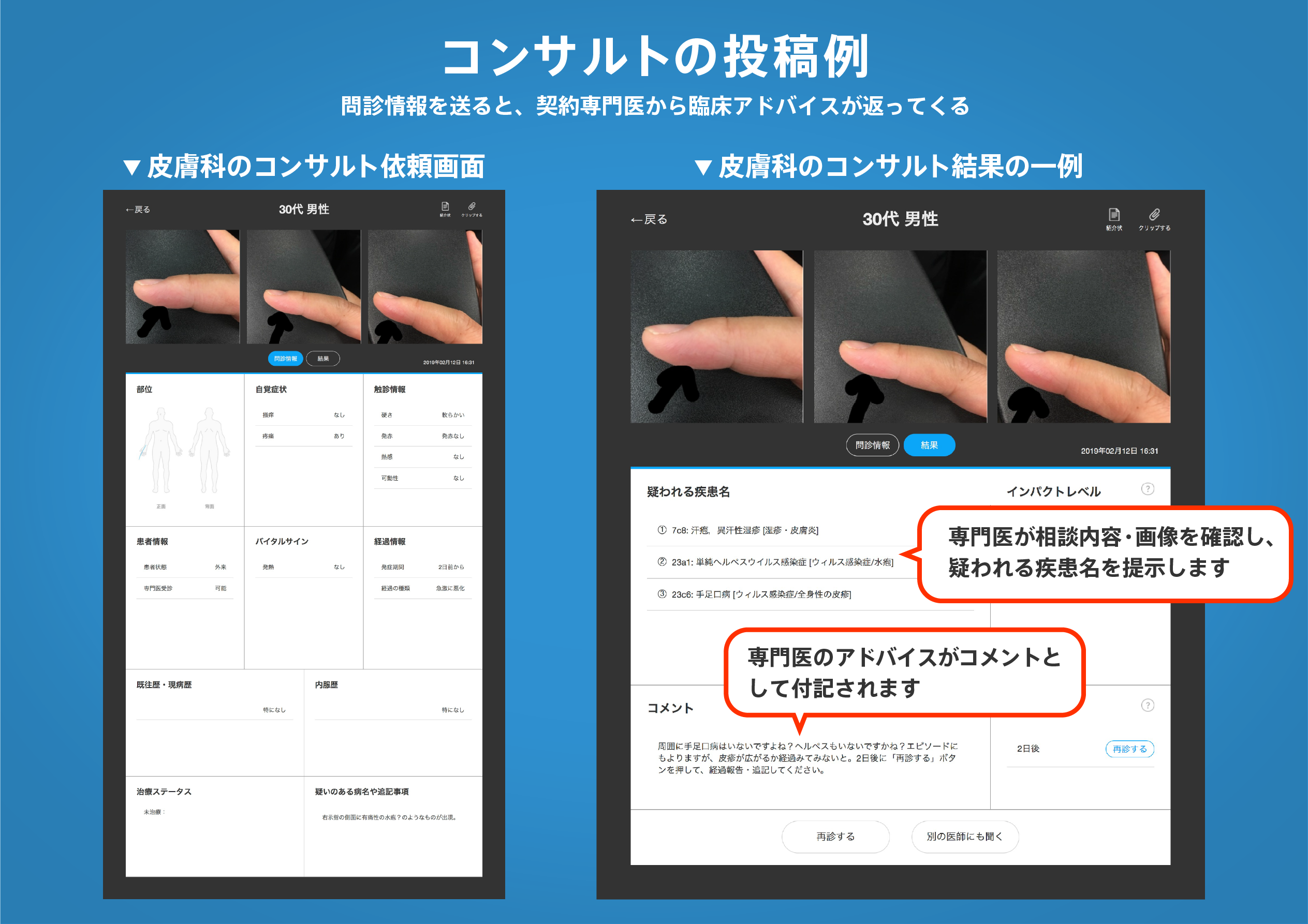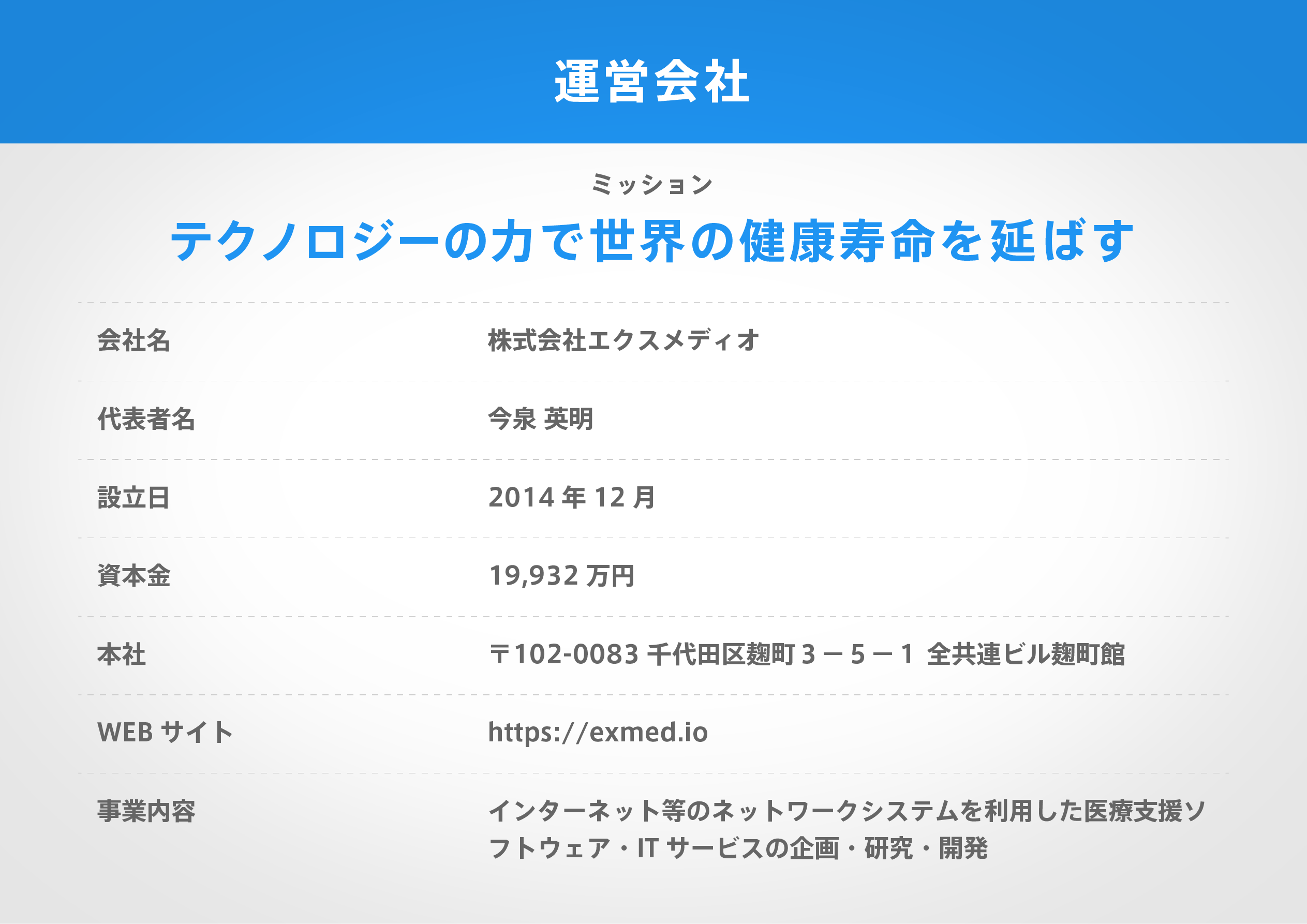著名医師による解説が無料で読めます
すると翻訳の精度が向上します
米国の就学前の子供たちは、最適ではない食事を持っています。子どもの栄養を改善するための介入は、親と、子どもの食事行動に影響を与える社会的および物理的な家庭環境を形作る上での役割に焦点を当てています。介入目標を測定するために選択された食事評価ツール、および主要な発見で結果がどのように解釈されるかは、子供の食事を調べるときに不可欠です。このレビューの目的は、(1)家庭環境に焦点を当てた幼児の介入研究で使用される食事評価ツールを説明することでした。(2)これらの食事評価ツールの適用が介入目標にどのように対処したかを調べます。PubMedとWeb of Scienceは、2〜5歳の子供を含む英語の栄養介入研究を検索し、家庭環境コンポーネントを持ち、食事評価ツールを使用し、食事関連の結果について報告しました。17の研究が含まれていました。介入の目的は、全体的な食事、特定の食品グループ、食事の機会、肥満防止/治療に焦点を当てています。介入目標、使用されるツールの種類、および同じ研究内の複数のツールを備えた重要な調査結果の一致は、目的とツールに合わせた8つの研究、1つの不一致、8つの部分的に一致しているか、決定するには幅が広くなりました。このレビューは、未就学児の食事摂取量を測定する際の現在の課題を強調し、代替のアプリケーションと戦略に関する推奨事項を提供します。
米国の就学前の子供たちは、最適ではない食事を持っています。子どもの栄養を改善するための介入は、親と、子どもの食事行動に影響を与える社会的および物理的な家庭環境を形作る上での役割に焦点を当てています。介入目標を測定するために選択された食事評価ツール、および主要な発見で結果がどのように解釈されるかは、子供の食事を調べるときに不可欠です。このレビューの目的は、(1)家庭環境に焦点を当てた幼児の介入研究で使用される食事評価ツールを説明することでした。(2)これらの食事評価ツールの適用が介入目標にどのように対処したかを調べます。PubMedとWeb of Scienceは、2〜5歳の子供を含む英語の栄養介入研究を検索し、家庭環境コンポーネントを持ち、食事評価ツールを使用し、食事関連の結果について報告しました。17の研究が含まれていました。介入の目的は、全体的な食事、特定の食品グループ、食事の機会、肥満防止/治療に焦点を当てています。介入目標、使用されるツールの種類、および同じ研究内の複数のツールを備えた重要な調査結果の一致は、目的とツールに合わせた8つの研究、1つの不一致、8つの部分的に一致しているか、決定するには幅が広くなりました。このレビューは、未就学児の食事摂取量を測定する際の現在の課題を強調し、代替のアプリケーションと戦略に関する推奨事項を提供します。
Preschool-aged children in the U.S. have suboptimal diets. Interventions to improve child nutrition focus on parents and their role in shaping social and physical home environments, which influence children's eating behaviors. Dietary assessment tools selected to measure intervention objectives, and how results are interpreted in key findings, are essential when examining children's diets. The objectives of this review were to (1) describe dietary assessment tools used in intervention studies in young children focused within the home environment; and (2) examine how the application of these dietary assessment tools addressed intervention objectives. PubMed and Web of Science were searched for English-language nutrition intervention studies that included children aged 2-5 years, had a home environment component, used a dietary assessment tool, and reported on diet-related outcomes. Seventeen studies were included. Intervention objectives focused on overall diet, specific food groups, eating occasions, and obesity prevention/treatment. Concordance of key findings with intervention objectives, type of tool used, and multiple tools within the same study varied with 8 studies aligning in objective and tool, 1 discordant in both, and 8 partially concordant or too broad to determine. This review highlights current challenges in measuring dietary intake in preschoolers and provides recommendations for alternative applications and strategies.
医師のための臨床サポートサービス
ヒポクラ x マイナビのご紹介
無料会員登録していただくと、さらに便利で効率的な検索が可能になります。

